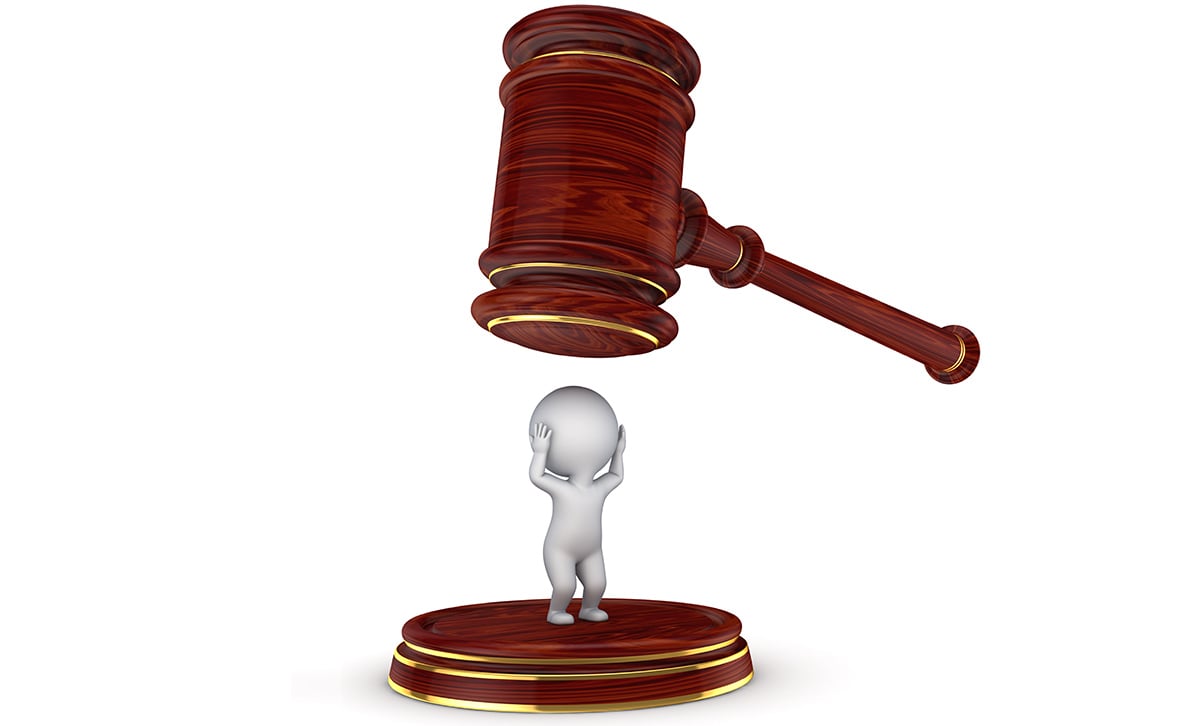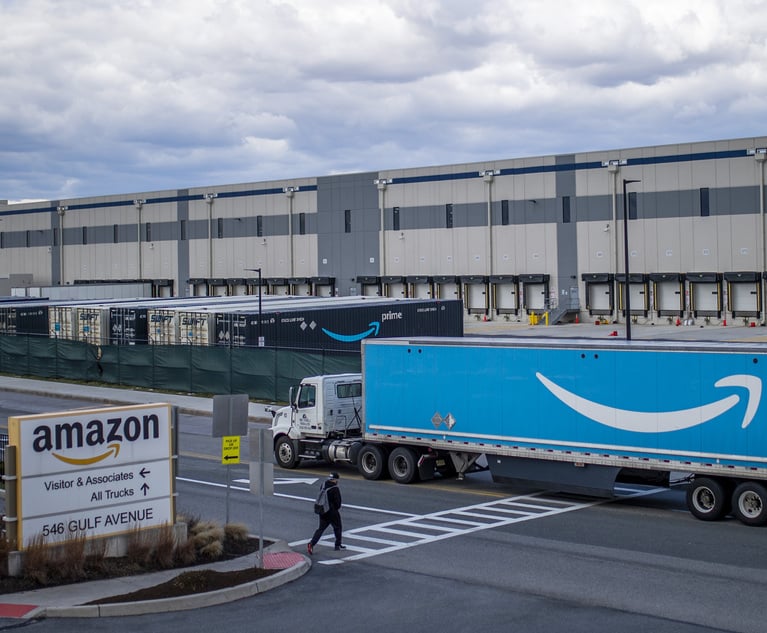States can't invoke federal law to force utilities to cut greenhouse-gas emissions, the U.S. Supreme Court ruled, shutting off one avenue for groups that advocate bolder steps against climate change.
The unanimous ruling is a victory for five companies — American Electric Power Co., Duke Energy Corp., Southern Co. and the government-owned Tennessee Valley Authority, based in Knoxville — that had been sued by six U.S. states, including California, and the city of New York.
The states, which sought a cap on emissions, argued that carbon dioxide spewed by the utilities is a public nuisance because it causes climate change. The justices said the Environmental Protection Agency was better equipped than federal judges to assess the costs and benefits of reducing greenhouse gases.
“It is altogether fitting that Congress designated an expert agency, here, EPA, as best suited to serve as primary regulator of greenhouse-gas emissions,” Justice Ruth Bader Ginsburg said for the court. Justice Sonia Sotomayor didn't take part in the case.
Through the federal Clean Air Act, Congress has entrusted the EPA and state regulators to determine greenhouse-gas regulations for industries, according to the court.
The ruling bolsters EPA's position as the focal point for curbing heat-trapping emissions from vehicles and industrial polluters such as power plants, according to David Doniger, policy director for the climate center at the Natural Resources Defense Council, an environmental group based in New York.
'Spotlight on EPA'
“The court's decision puts the spotlight squarely on EPA,” Doniger said today in a statement.
The states sued in 2004, invoking both state and federal law. The Supreme Court case focused on the federal law claim, and the justices said they weren't ruling on the state question.
The states argued that the EPA still hasn't taken action to reduce carbon emissions from the plants named in the lawsuit.
The agency began a first phase of greenhouse-gas regulations for power plants and oil refineries in January after Congress failed to pass climate-change legislation. So far, the rules affect only new and modified plants, not the existing ones targeted by the states.
The EPA, as part of a legal settlement reached last year with environmental groups and states, agreed to propose further greenhouse-gas-emissions rules for power plants and refineries later this year. This second round will affect existing plants and may be more costly to industry, according to a Bloomberg Government Study released last week.
Authority to Regulate
Republicans and some Democrats in Congress are pushing legislation that would strip the EPA of its authority to regulate carbon emissions under the Clean Air Act. Today's ruling reaffirms the agency's authority under federal law, according to Doniger, who helped represent three land trusts in a related suit that was also part of today's ruling.
“The decision comes at a useful time as we've seen efforts to take EPA's power away, and we know there will be further efforts,” Doniger said in an interview today.
The Edison Electric Institute, a Washington-based trade group representing utilities, also praised today's ruling.
“We welcome this significant decision, because it unanimously confirms our industry's strongly held view that the courts shouldn't be in the business of legislating U.S. greenhouse-gas emissions limits,” EEI President Tom Kuhn said in a statement.
“The Clean Air Act authorizes EPA to regulate greenhouse gases, a process it has initiated,” Kuhn said. “Today's decision wisely removes the threat of endless and multiple lawsuits with no environmental benefit.”
Obama Administration
The Obama administration joined the power industry in urging rejection of the suit.
The ruling reverberates beyond the power industry. Trade groups representing automakers, oil companies, farmers, mining companies, chemical companies and manufacturers all urged the court to dismiss the suits, in some cases saying their members might face similar claims.
The case marked the Supreme Court's second foray into the debate over climate change. In a 2007 case decided 5-4, the court ordered the EPA to consider regulating greenhouse-gas emissions.
'Public Nuisance'
In arguing that carbon emissions are a public nuisance, the states and land trusts used a legal theory more typically invoked in cases of localized pollution. A federal appeals court in New York had let the suit go forward.
The suits are part of a multifaceted battle over climate change. Opponents — including businesses, Republicans and some Democrats — say the EPA's new carbon-emission limits will destroy jobs and increase electricity bills without benefiting the environment.
The Obama administration and the companies also argued that the states and land trusts lack the legal right, or standing, to sue. The justices divided 4-4 on that question, leaving intact the appeals court's conclusion that the companies can do so.
The case is American Electric Power v. Connecticut, 10-174.
Bloomberg News
© Touchpoint Markets, All Rights Reserved. Request academic re-use from www.copyright.com. All other uses, submit a request to [email protected]. For more inforrmation visit Asset & Logo Licensing.



